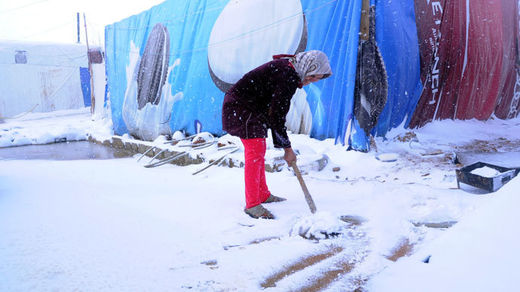
The storm, named 'Alexa,' took the lives of two people and injured 14 others in Lebanon, Ya Libnan reported, citing Red Cross Secretary General George Kettaneh.
The winter storm caused transportation chaos in the region and grounded the UN humanitarian airlift, which was scheduled to bring food and supplies from Iraq to the northeastern Kurdish areas of Syria. Tens of thousands of people are isolated in those areas, waiting for the aid to arrive.
"Qamishli airport (in Syria) has suspended all flights due to weather conditions, snow and poor visibility," UN High Commissioner for Refugees (UNHR) spokesman Dan McNorton told Reuters. "We're not going to be able to make those flights happen until the weather improves."
The storm is estimated to last until Saturday, with temperatures plummeting below seven degrees Celsius in mountainous regions of Lebanon.
"I don't know if this tent will hold up, it's just a few flimsy pieces of metal holding it up," refugee Abu Suleiman told AP. He resides in the Lebanese town of Marj, located near the border with Syria.
In the northeastern Lebanese town of Arsal, temperatures hovered just above zero degrees Celsius. A member of the town's municipal council, Wafiq Khalaf, said that refugees were "shivering with cold, especially the ones in tents."
"At the moment there is more than 10 centimeters of snow on the ground, but more is expected," he told AFP.

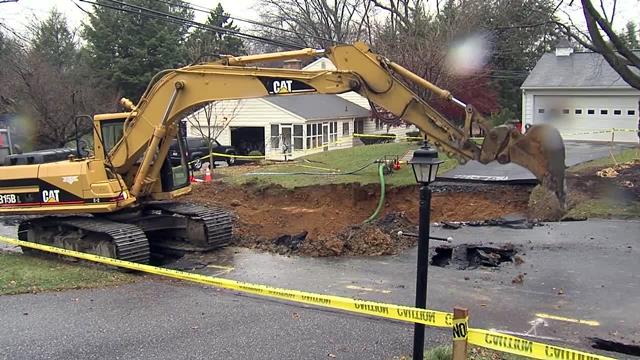
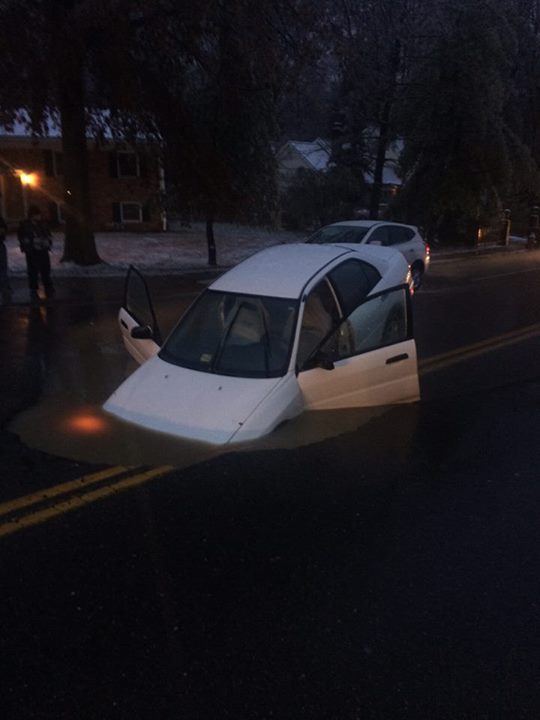

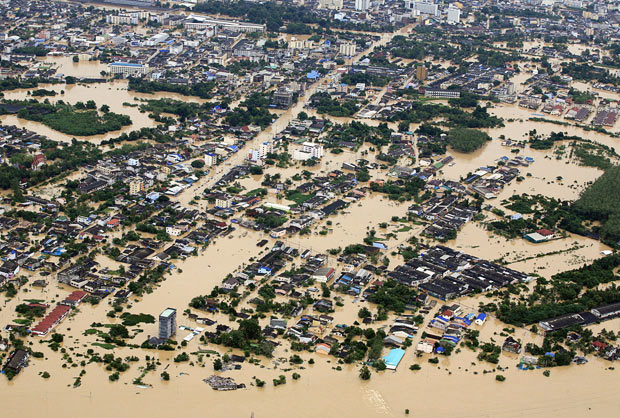
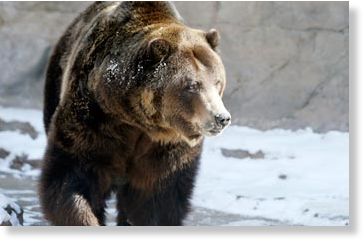
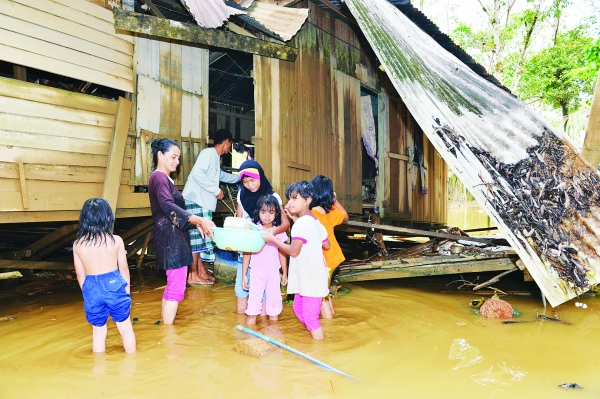



Comment: Despite popular belief, the bubonic plague that killed so many during the 'Black Death' was most likely not spread by rats.
In 1984, Graham Twigg published The Black Death: A Biological Reappraisal, where he argued that the climate and ecology of Europe and particularly England made it nearly impossible for rats and fleas to have transmitted bubonic plague and that it would have been nearly impossible for Yersinia pestis to have been the causative agent of the plague, let alone its explosive spread across Europe during the 14th century. Twigg also demolishes the common theory of entirely pneumonic spread.
In his book New Light on the Black Death: The Cosmic Connection by dendrochronologist Mike Baillie of Queen's University, Belfast writes: For more on the origins of the Black Death, see these two Sott.net Focus articles:
New Light on the Black Death: The Viral and Cosmic Connection
New Light on the Black Death: The Cosmic Connection